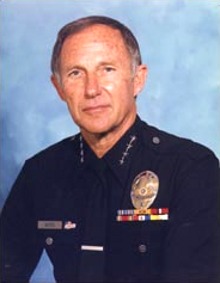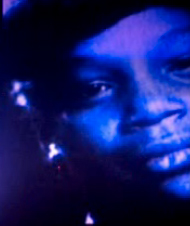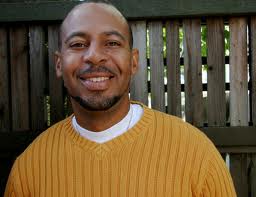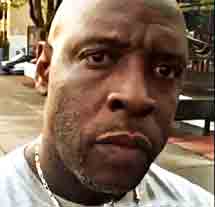
I’m at a loss for words on this one folks…I’m just shaking my head..The Grape Street crips of Memphis and an Alabama KKK group are working together to stop the KKK at a rally next month in Memphis after the Confederate parks in Memphis were renamed. I thought it was BS, but what can I say.. we seen such alliances happen in prison.. I guess we living in a new date and time..I know one thing if both the Crips and KKK really looked at who was running the show, they would ban together to fight the 1% who pit poor folks of all races against one another..Better yet maybe the Crips and KKK are teaming up tp fight the KKK forces that find their way into police departments ..I’m just saying
http://www.youtube.com/watch?v=aWNN8xPRn6M














